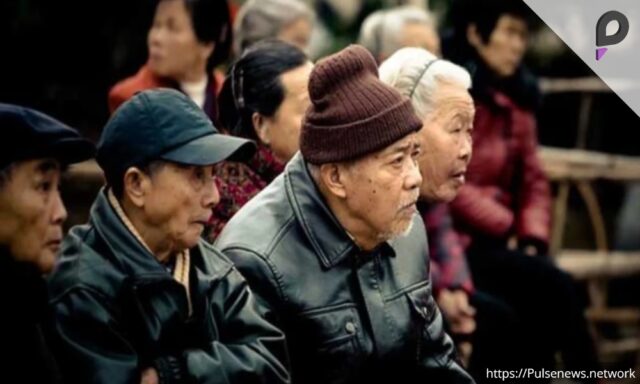SEOUL: South Korea has officially entered a “super-aged” society, with 20% of its population aged 65 or older.
According to the Ministry of the Interior and Safety, 10.24 million people in South Korea are now senior citizens.
This milestone highlights the country’s growing demographic crisis, as its population nears 51 million.
Rising Elderly Population Drives Concerns
The United Nations classifies nations with over 20% of their population aged 65 and older as “super-aged.”
South Korea has now joined this group, alongside nations like Japan, where similar trends are unfolding.
In comparison, European countries manage aging populations by relying on immigration to balance their working-age populations.
Impact of Low Birth Rates on South Korea’s Future
South Korea’s fertility rate plummeted to a record low of 0.72 in 2023, the world’s lowest.
This sharp decline is a significant factor in the country’s growing elderly population, exacerbating the demographic challenge.
Gender Disparity in Aging Population
The ministry’s data reveals that 22% of women in South Korea are aged 65 or older.
By contrast, nearly 18% of men in the country are in the same age group.
This disparity adds another layer to the country’s evolving demographic structure.
South Korea’s Struggle with Population Decline
South Korea’s aging crisis mirrors those of other East Asian nations like Japan and China.
However, unlike many European countries, South Korea has avoided large-scale immigration to address its demographic issues.
Despite efforts to stem the decline, South Korean authorities have faced limited success in reversing population trends.
Government Efforts to Address Demographic Shifts
President Yoon Suk Yeol declared a “national emergency” over South Korea’s demographic crisis and sought legislative support.
He urged parliament to create a new ministry dedicated to managing the country’s aging society.
This measure comes after years of attempts to curb the birth rate and promote family growth.
Economic and Social Factors Behind Low Birth Rates
Experts cite various factors behind the demographic shift, including the high cost of living and work pressures.
Rising costs of living and stagnant wages have made it harder for young couples to afford children.
Shifting attitudes toward marriage, gender equality, and family dynamics have further contributed to the decline in births.
Government Spending on Population Initiatives Falls Short
Despite spending over $200 billion in the last 16 years, South Korea has not reversed the population decline.
Past initiatives, such as paid paternity leave and financial incentives for parents, have not yielded significant results.
The government’s social campaigns encouraging shared childcare responsibilities also failed to boost the birth rate.
Future of South Korea’s Demographic Landscape
As the aging population grows, South Korea will face increasing pressure on its healthcare and pension systems.
Experts warn that unless substantial changes are made, the country will struggle to maintain its workforce.
The ongoing demographic shift poses critical challenges for South Korea’s future stability and economic health.











